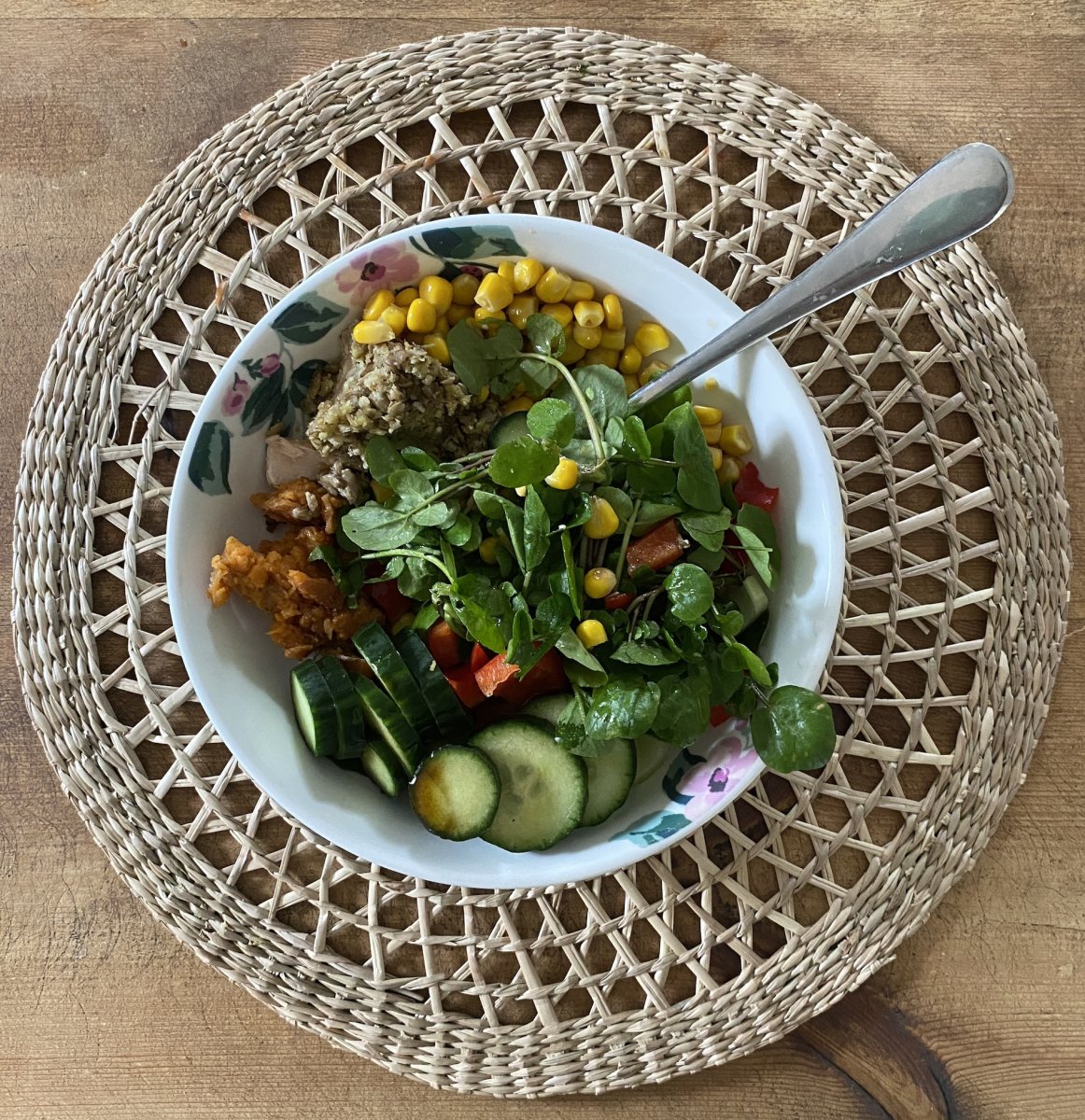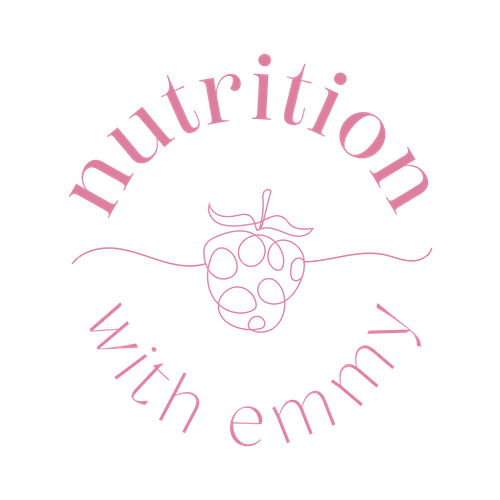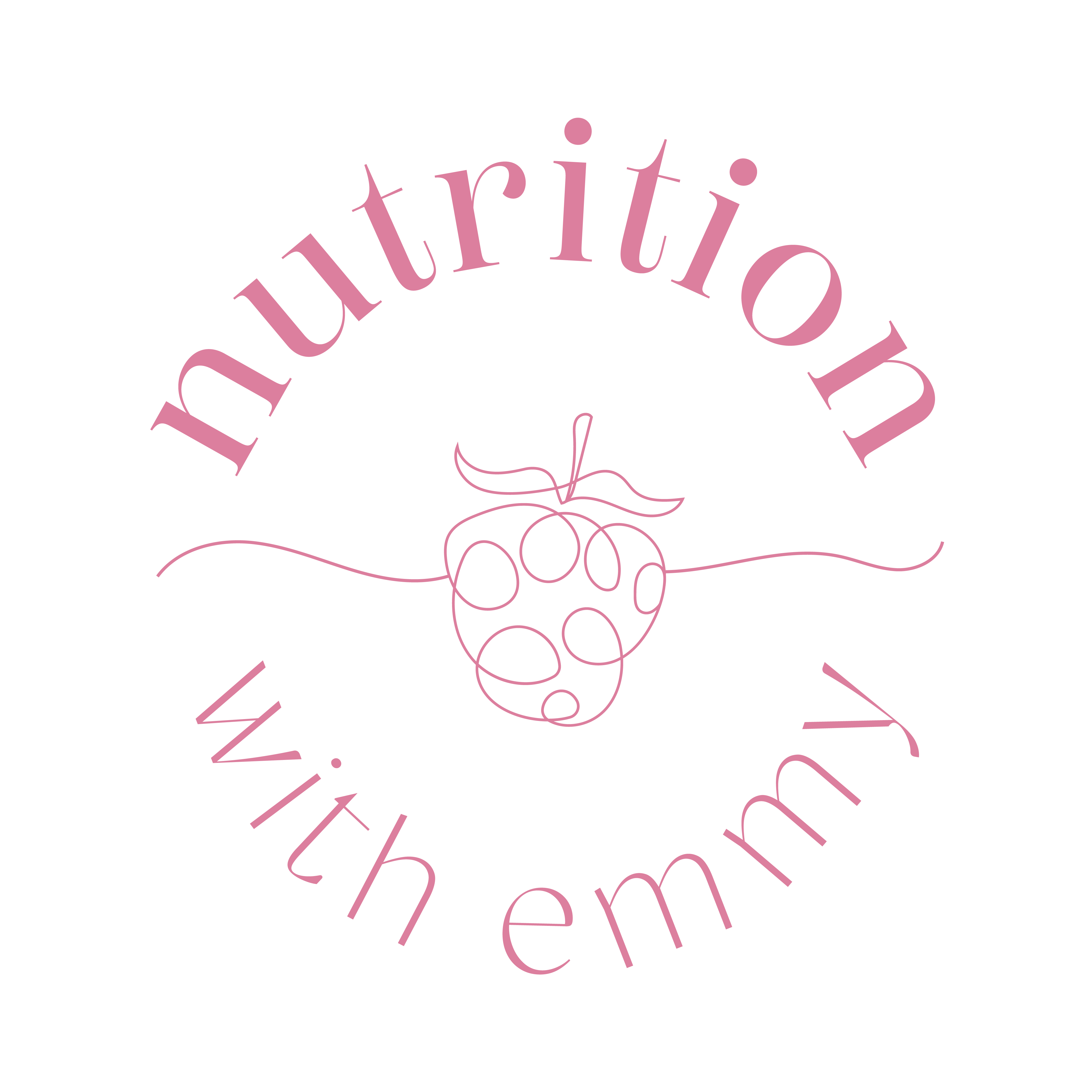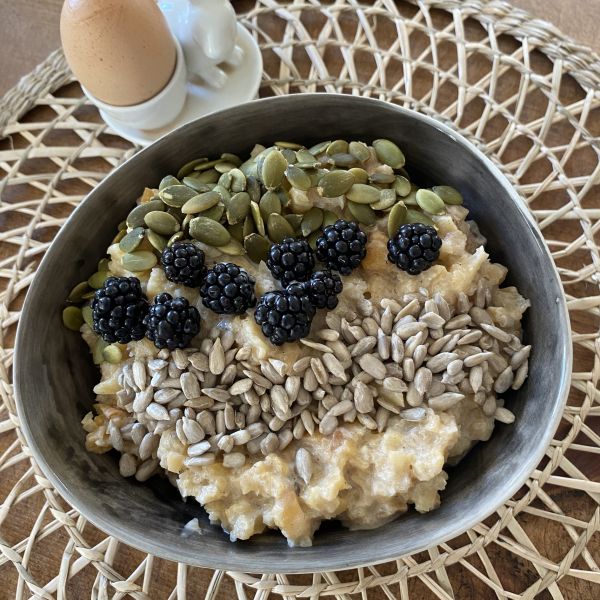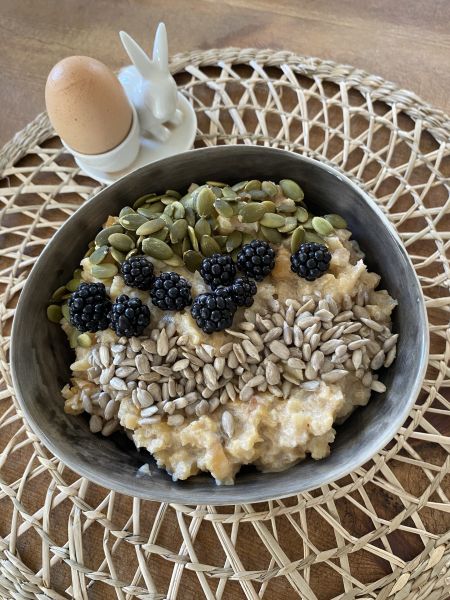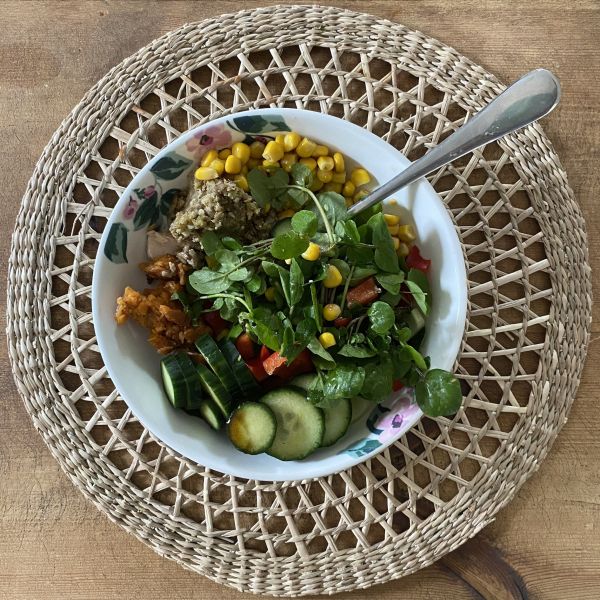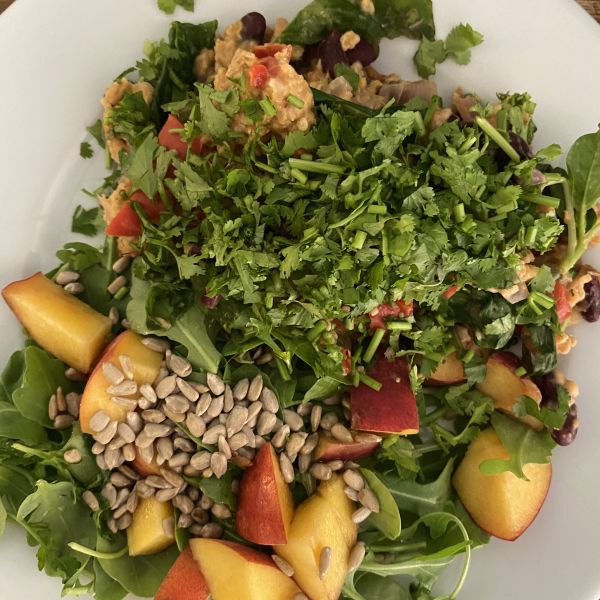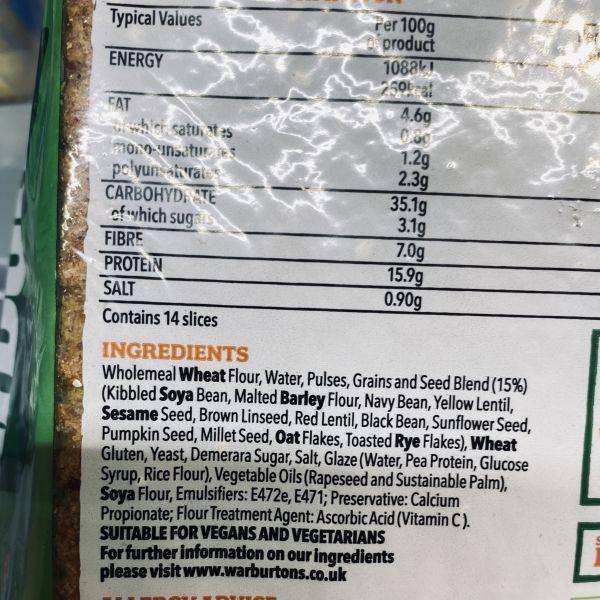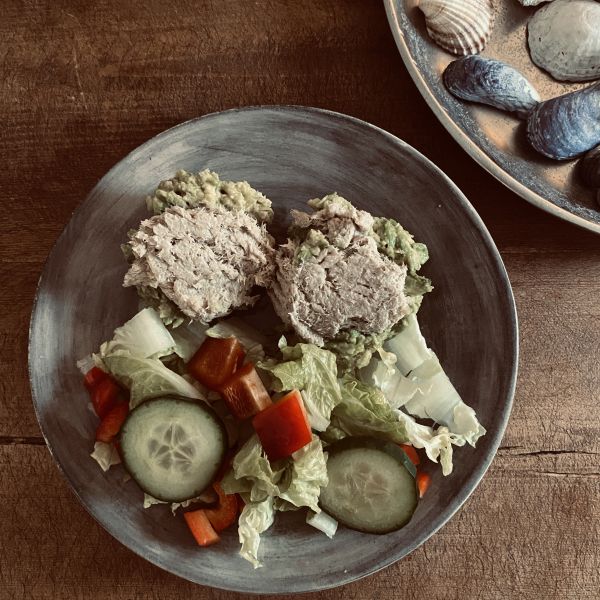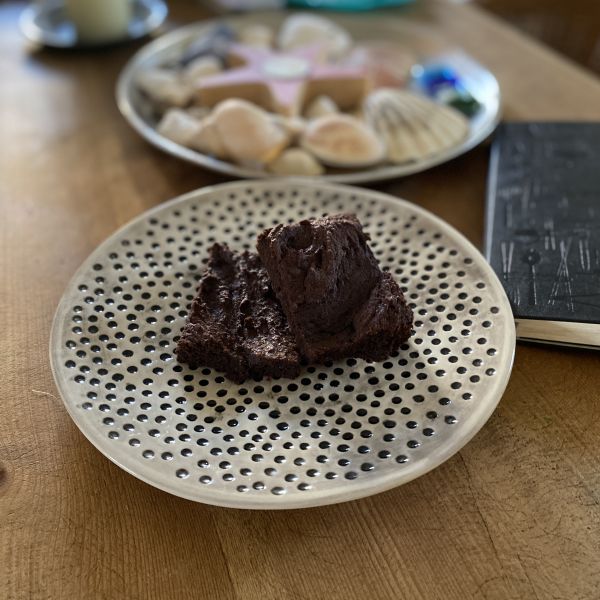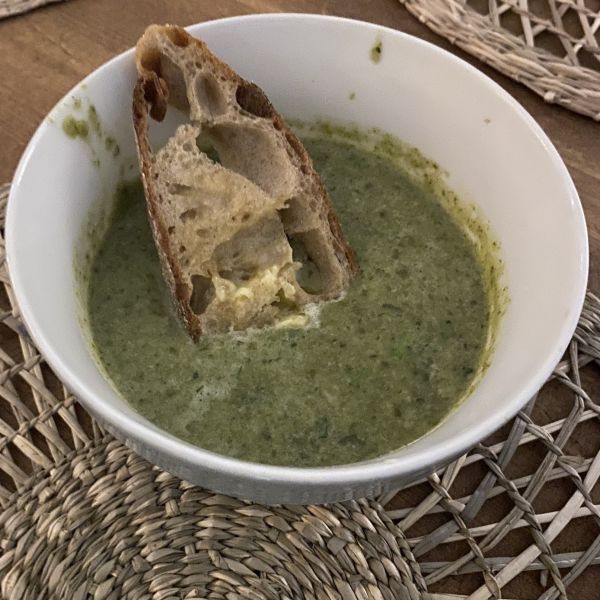We've all read about the dangers of ultra-processed food. So instead of focusing on the fact that this type of food is directly linked to 32 harmful effects to health – including a higher risk of heart disease, cancer and early death, according to a study published in the BMJ – let’s focus on the solutions. How can we avoid ultra-processed food and, more importantly, make it more convenient to eat the healthier alternative?
Step one
Fill your cupboards with healthier alternatives.
Don’t start with the ditching. This will trigger a stress response, as your brain will worry that you are going to starve. Instead, stock up on healthier food that you love, and transition gradually. Buy some delicious Scottish oats instead of breakfast cereal, treat yourself to a bakery wholegrain loaf instead of sliced supermarket “bread”, buy some whole natural Greek yoghurt instead of the flavoured kind, and replace cereal bars with 100% nut butter and carrot/apple sticks.
Some of my favourite swaps are:
Breakfast cereal | Homemade Bircher muesli |
Cereal bar | Peanut butter with carrot sticks |
Microwave meal or frozen pizza | Homemade rainbow vegetable chilli (chuck in any veg you have in the fridge, plus spices like cumin, cayenne, turmeric etc., canned tomatoes and kidney beans, and serve on brown not white rice. |
Step two
Identify the bad stuff
We all know that supermarket ice cream, biscuits and cakes are ultra-processed and bad for us, but ultra-processed nasties can also sneak into products that we think are healthy. These are more dangerous, because we don’t realise we are eating them. Because manufacturers don’t need to state the processes foods have undergone on the label (these may range from extrusion and chemical modification to hydrogenation - the process of turning a liquid into a solid fat to improve shelf life), the best way to identify them is to read the ingredients lists.
Look for anything that is used to add taste, colour, texture or sweetness:
- Whey powder
- Inulin
- Maltodextrin
- Fructose
- Glucose syrup
- Hydrogenated oils
- Any added flavours (including those listed as natural)
- Non-caloric sweeteners, e.g. stevia
- Yeast extract
- MSG
- Thickeners and emulsifiers
As a general rule, avoid anything that has more than five ingredients or any ingredients that you can’t pronounce.
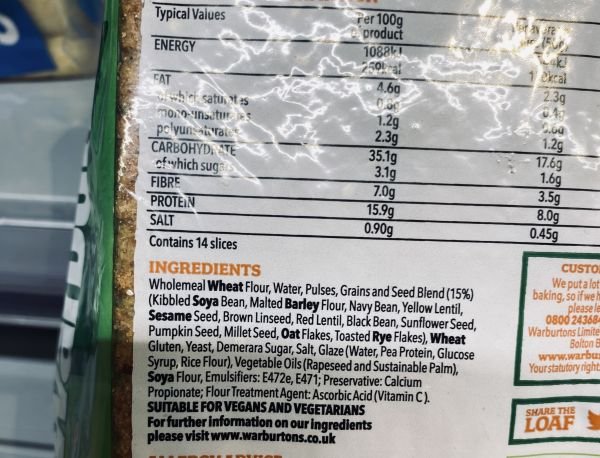
Above: This is a label from a loaf of supermarket bread - a food that should contain only three ingredients. Here, it has been processed into a bread-like substance, with the addition of inflammatory vegetable oils, E-numbers and chemicals that you wouldn't find in the home kitchen.
Step three
Take it one step at a time – and prepare!
Don’t make any sudden changes to your diet. Start by replacing one thing at a time, see how your body reacts, and proceed slowly in this way. Once you start to transition away from ultra-processed foods, you may experience cravings. If these arise, try to distract yourself – drink water, do a task, go outside. They will pass, and very soon, within a week or two, you will find out that headaches, bloating, poor sleep, low mood, etc. are not normal. Our bodies are designed to feel amazing.
And to help you with these changes, prepare:
- Batch cook at the weekend so when you get home late in the week you can get a meal on the table quickly.
- Make batches of vegetable chilli or a huge fish pie with sweet potato topping that you can freeze.
- Have some homemade banana and spinach muffins in the fridge.
- Fill your ‘snacks’ cupboard with healthy options – nut butters, 92% dark chocolate, rye bread – for those emergency moments.
